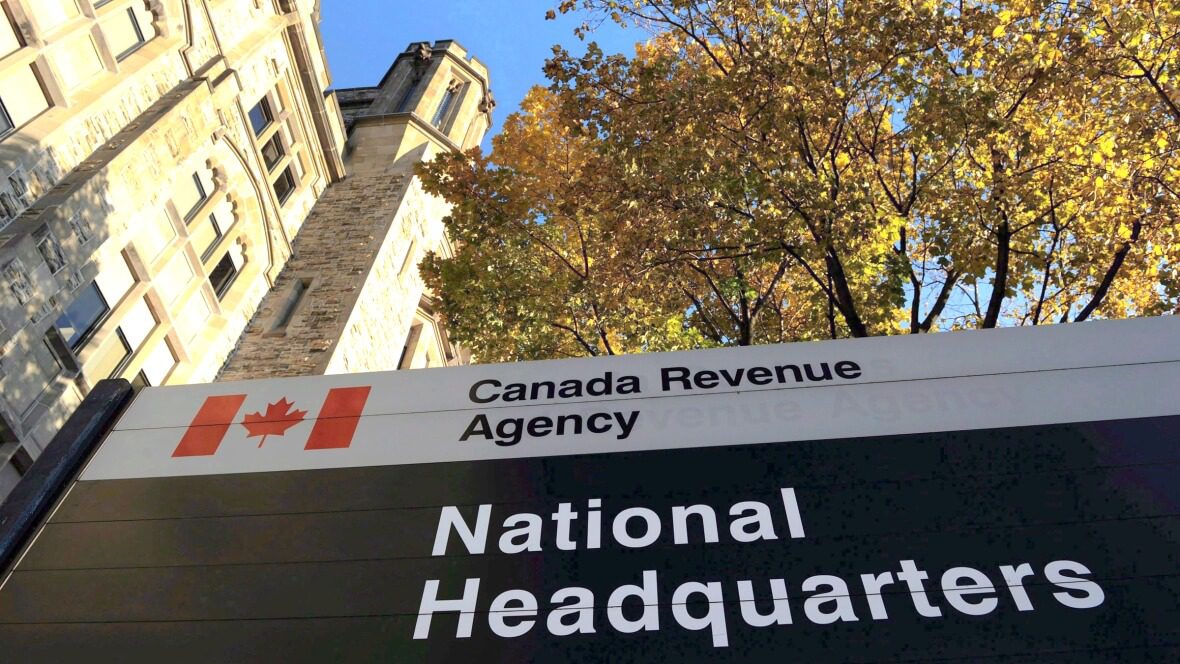This article originally appeared in the Financial Post. Below is an excerpt from the article.
By Jack Mintz, February 27, 2023
This week, Statistics Canada reported its annual estimate of the underground economy: $68.5 billion in 2021. As a share of GDP — 2.7 per cent — that seems small. Nevertheless, when thinking about the lost taxes due to people not reporting their income or sales, $68.5 billion is not a figure to ignore.
Not surprisingly, residential construction accounts for 35 per cent of the underground economy as cash deals allow homeowners to evade GST and construction firms, income tax. Lessors of real estate account for another 12.7 per cent of underground activity, retail trade 10.5 per cent and food and accommodation 7.5 per cent. The largest underground economies are Prince Edward Island (at 3.4 per cent of provincial GDP), British Columbia (3.2 per cent) and Quebec (3.1 per cent). Alberta (at 1.8 per cent) and Newfoundland & Labrador (1.6 per cent) seem to have the most fiscally honest folks.
Over half the underground economy ($38.5 billion) is related to household consumption, with fully one-quarter of that involving “sin goods”: alcohol, tobacco and cannabis. Cannabis is a case study in how the underground economy can mess up a market. Though Statistics Canada figures legalization curbed illegal sales by about two-fifths, many cannabis companies are having a tough time. To stay competitive with the illegal trade, licensed producers have to absorb the excise tax: they can’t simply add it to their product’s price. As a result, some cannabis operators are barely surviving while others are going bankrupt. Because eliminating the illegal market seems to be impossible the industry is asking for excise tax relief.
***TO READ THE FULL ARTICLE, VISIT THE FINANCIAL POST HERE***





